Dr. James Anderson
James Anderson provided care for wounded Freedom Riders in 1961 and for other SNCC demonstrators who were refused treatment in segregated hospitals in Jackson. After serving in the Air Force, Anderson completed his medical degree at Meharry Medical College and returned home to Jackson where he was a front line organizer for the Council of Racial Equality (CORE). In 1970, as part of his mission to provide quality healthcare to African Americans in Jackson, he cofounded the Jackson-Hinds Comprehensive Health Care Center along with Dr. Aaron Shirley. The center became the first state medical facility to serve homeless individuals and continues to serve Hinds County through a partnership with the University of Mississippi Medical Center.

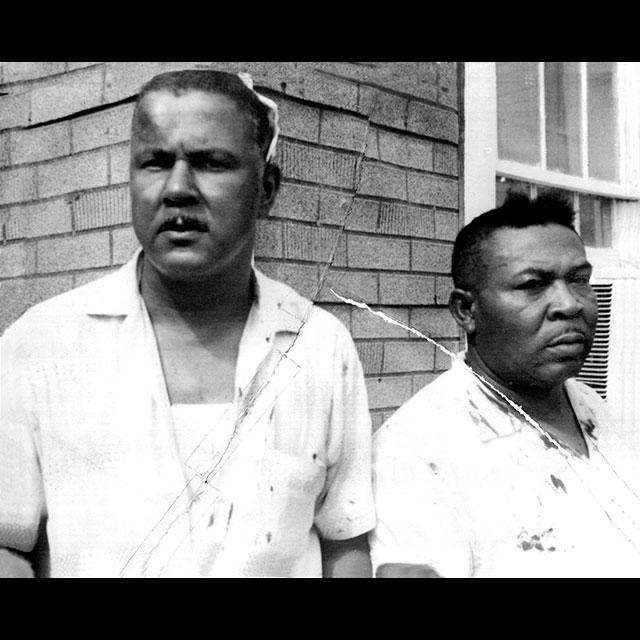
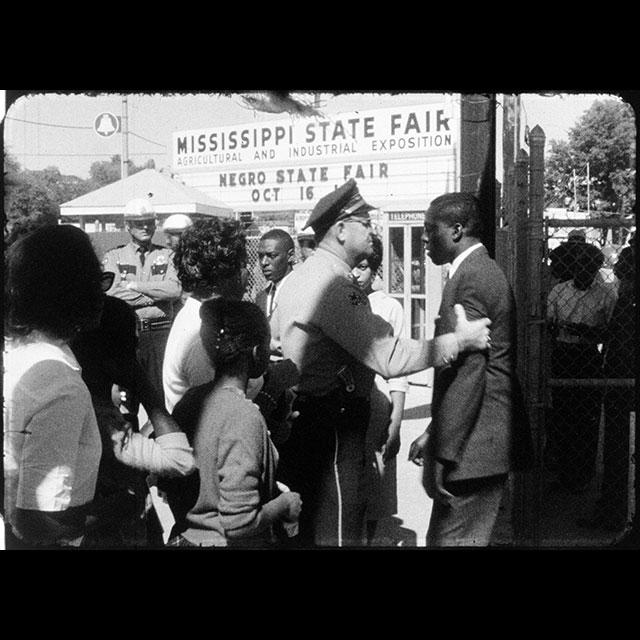
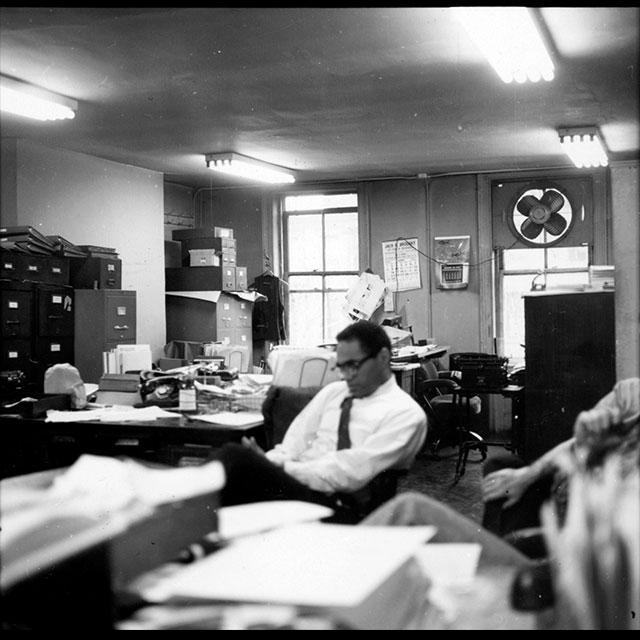
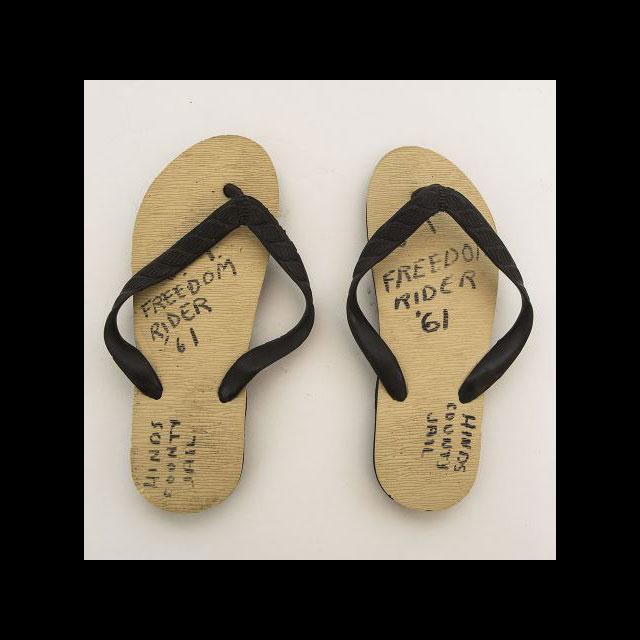
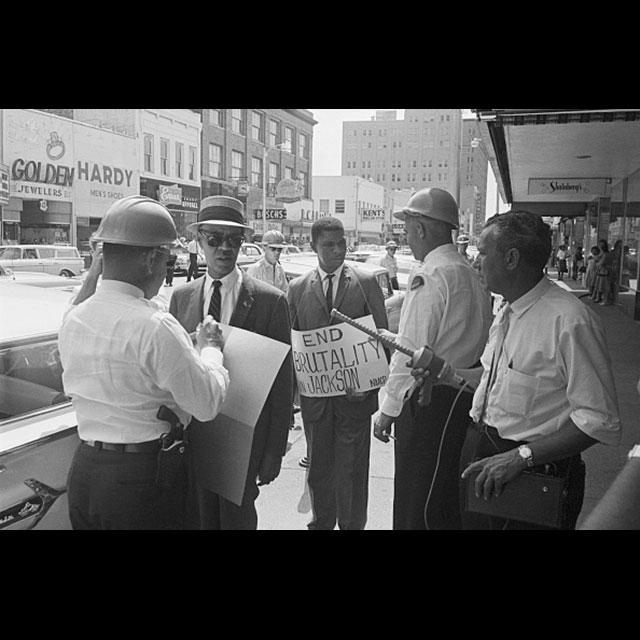
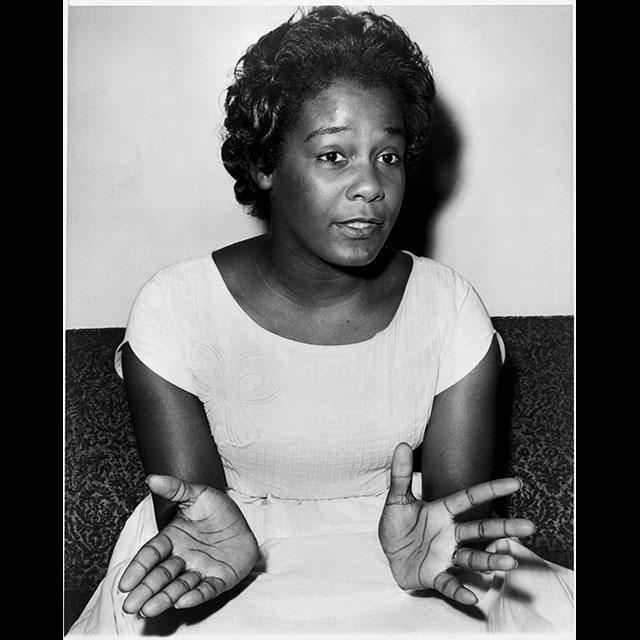
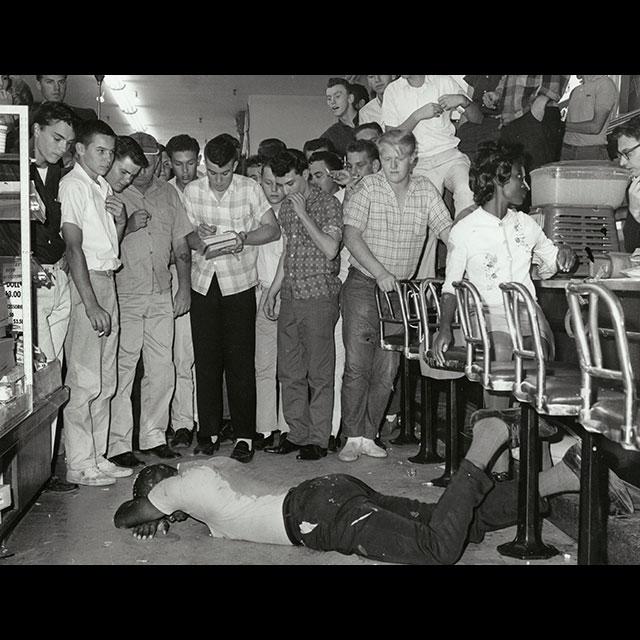
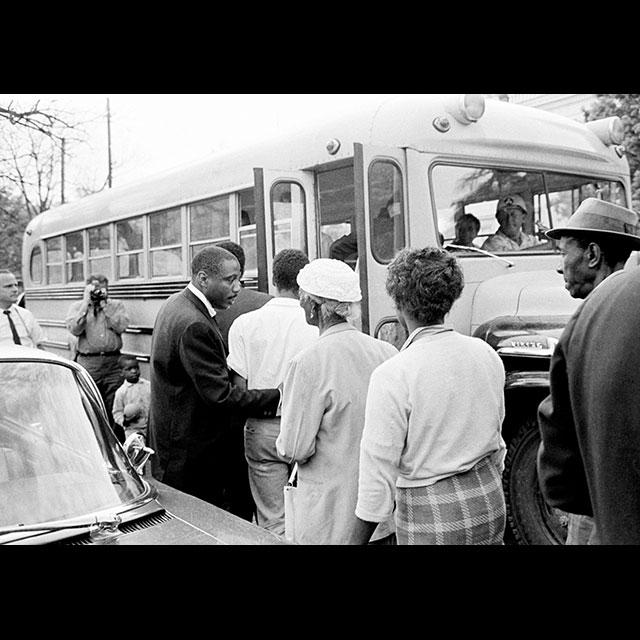
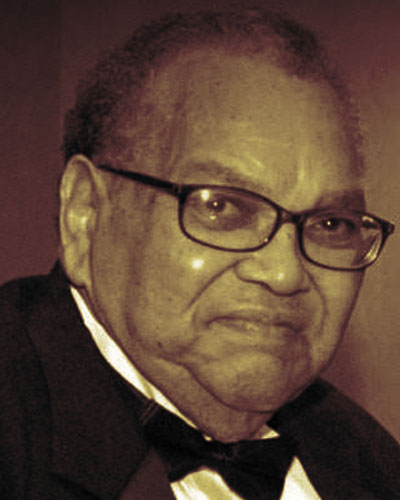

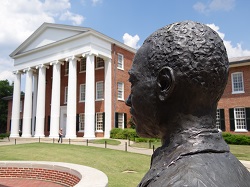 Honors James Meredith and all those who fought for equal educational opportunities
Honors James Meredith and all those who fought for equal educational opportunities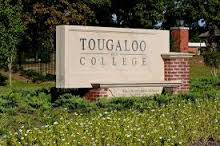 Became a primary center of activity of the Civil Rights Movement in Mississippi
Became a primary center of activity of the Civil Rights Movement in Mississippi